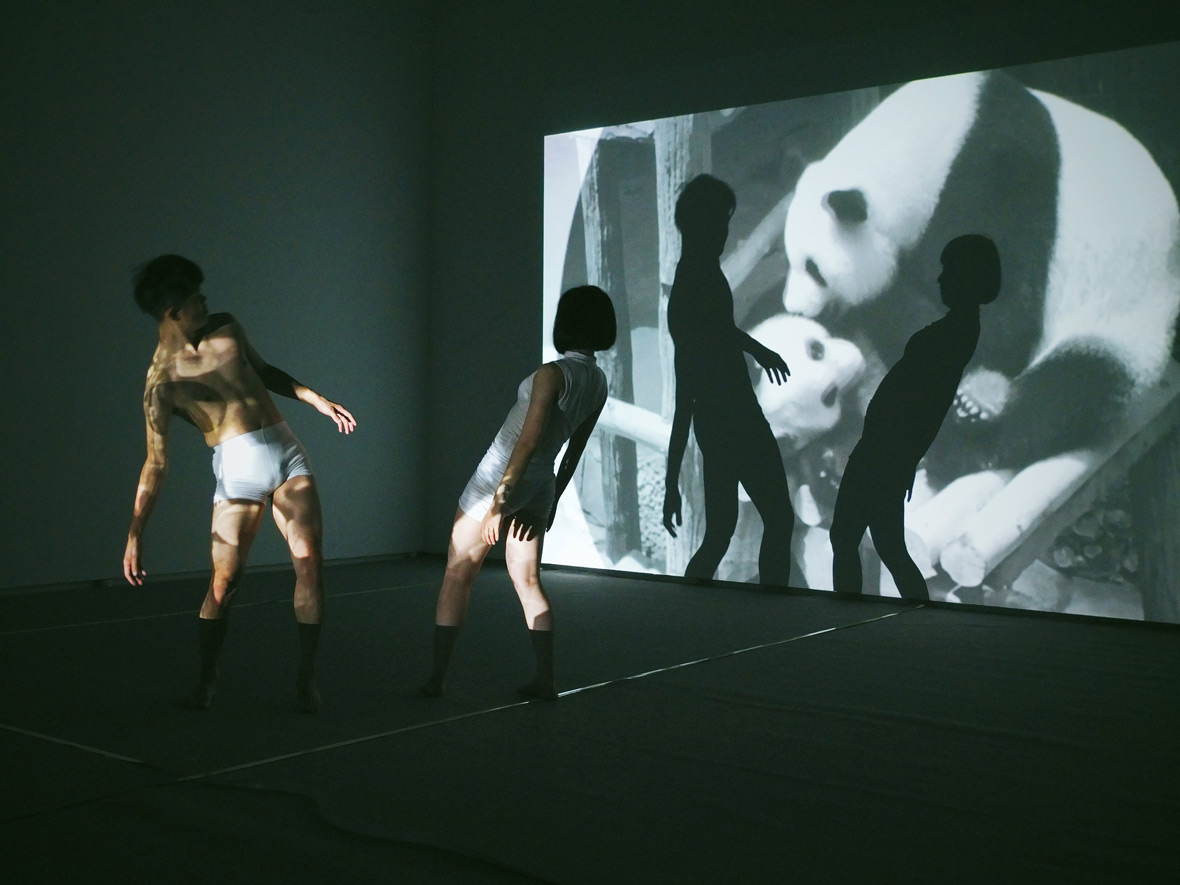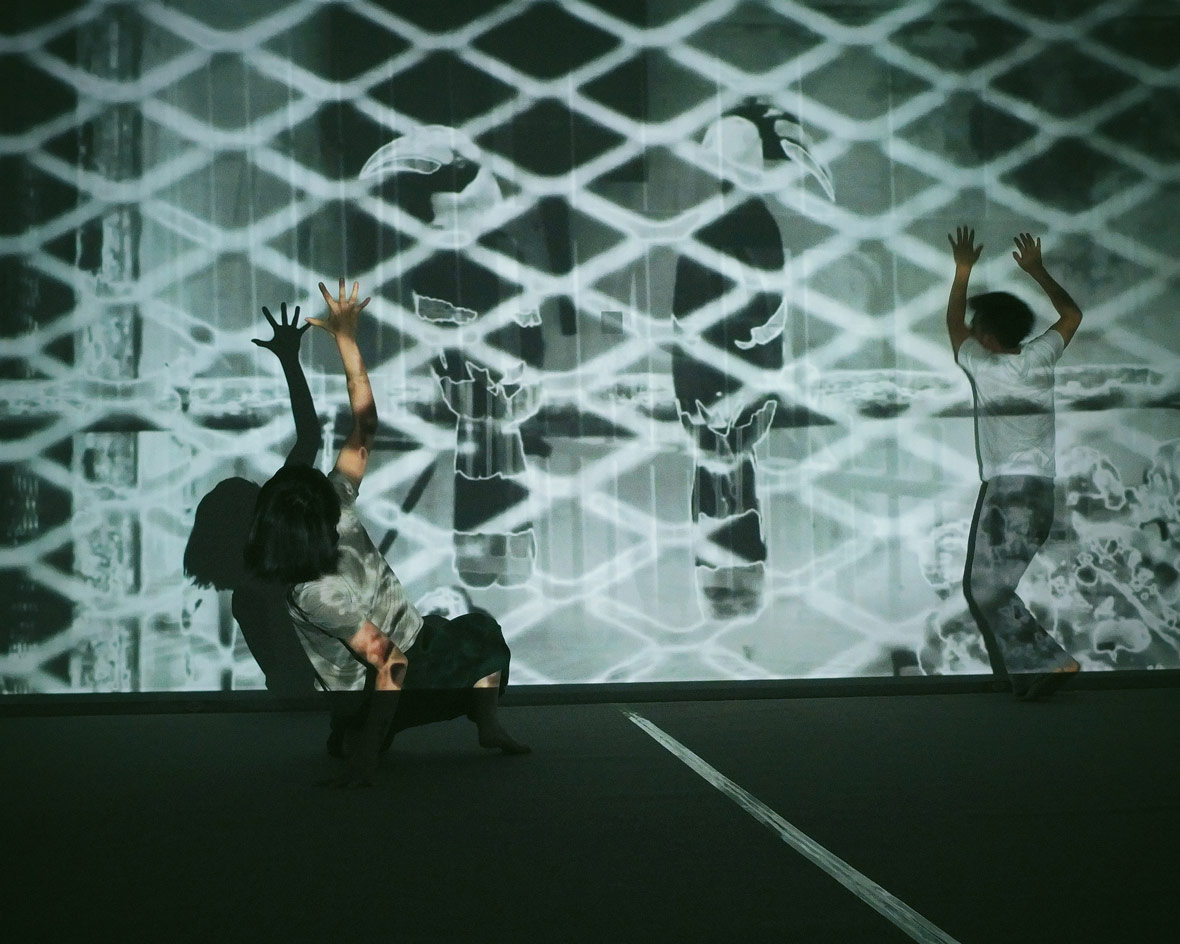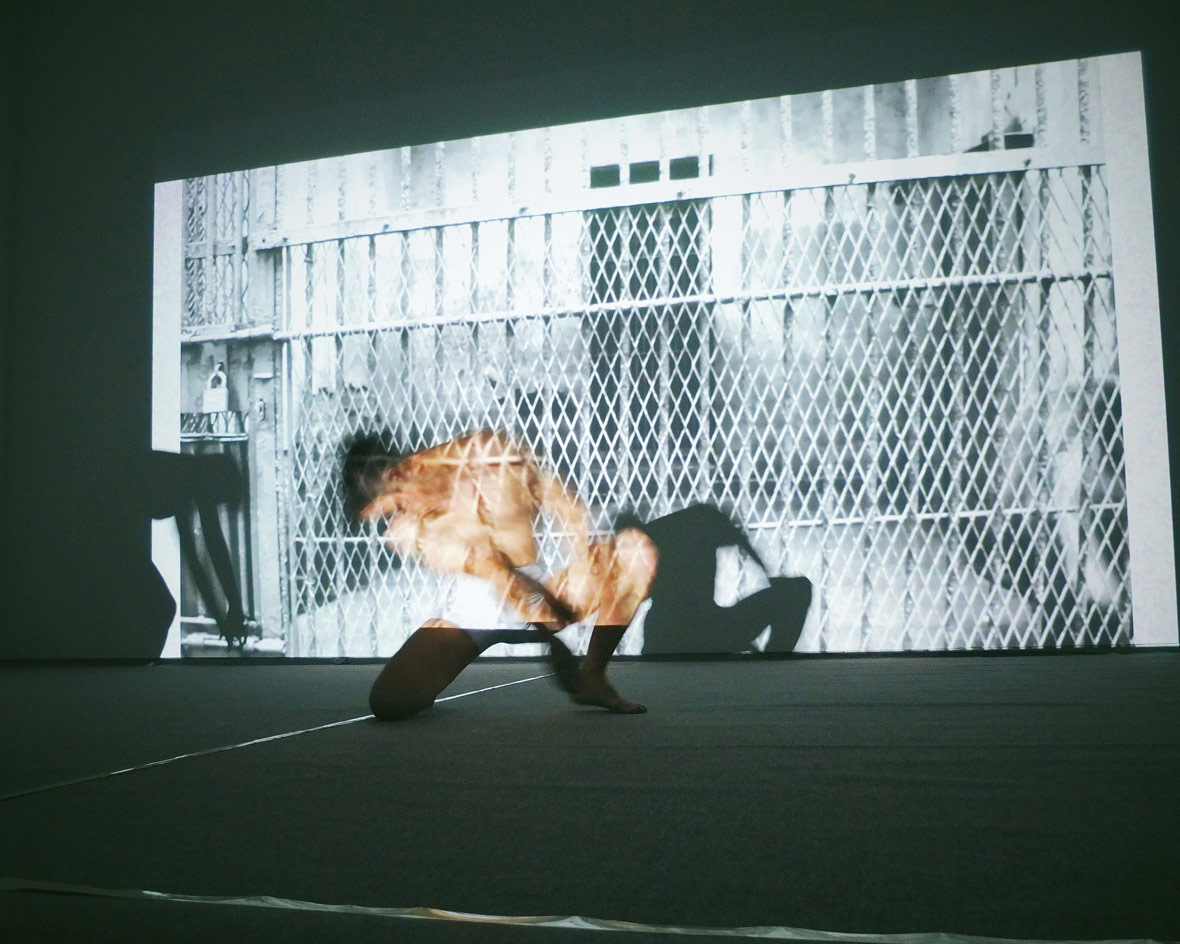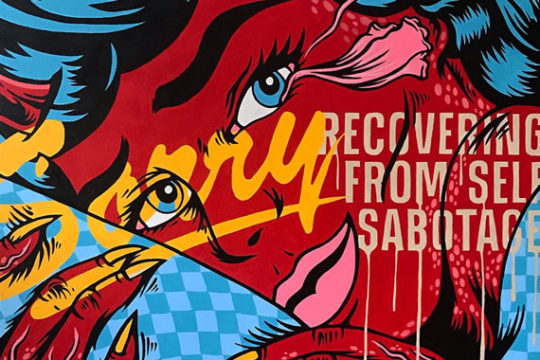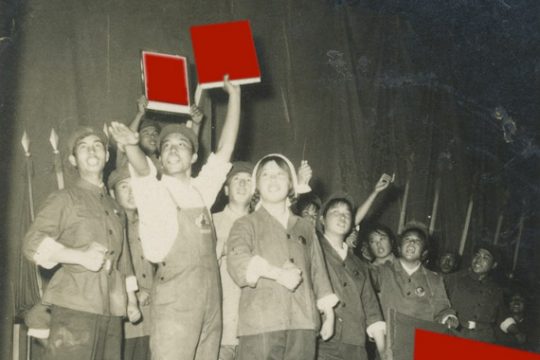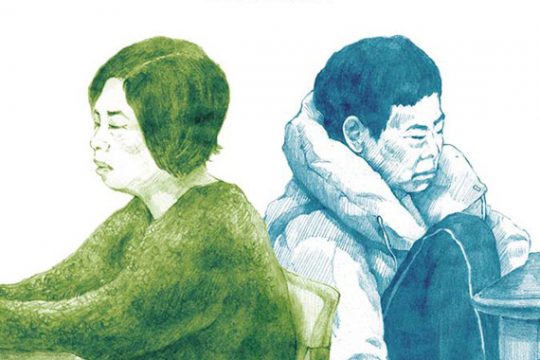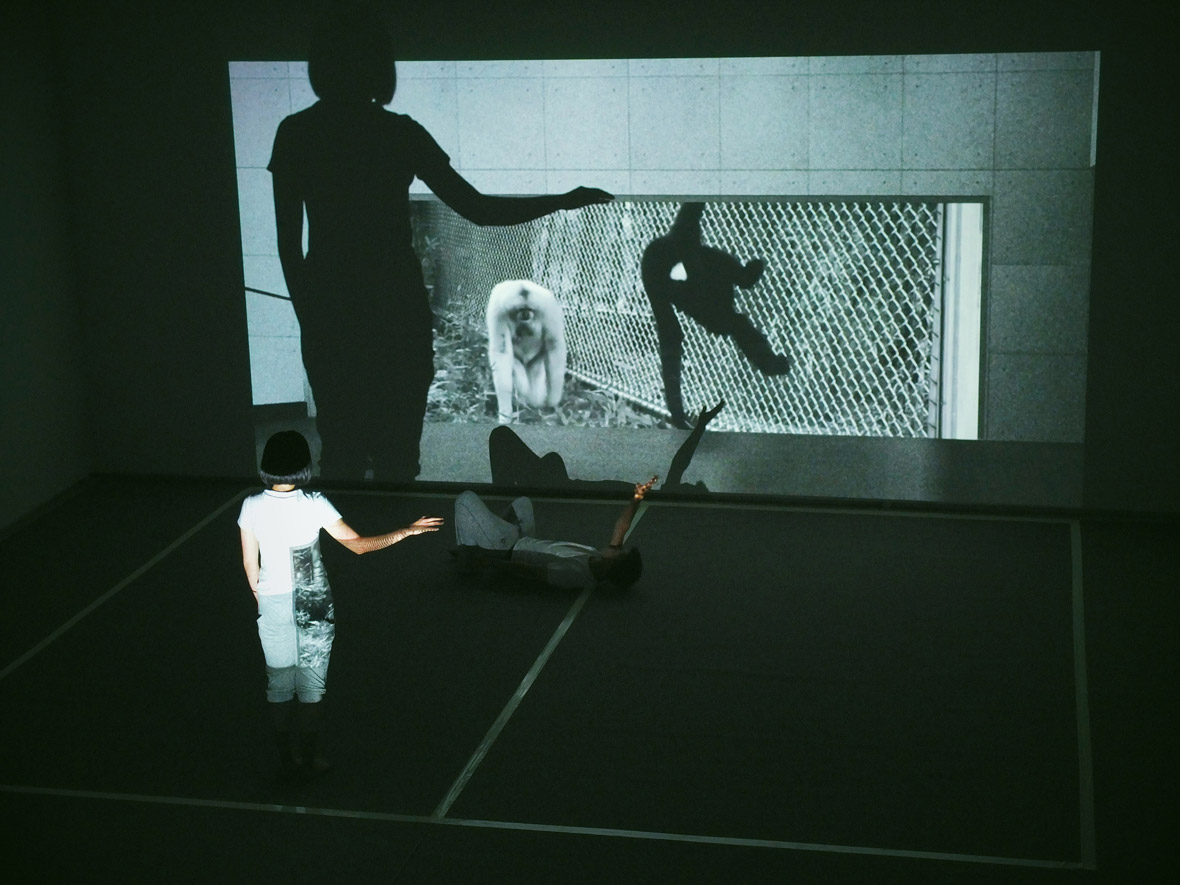
Whenever you arrive in a new country or city, there are certain things you have to do, rituals you perform to experience a new culture or find new inspiration: visiting a museum, savoring a cup of local coffee, finding a lookout point and watching the sunset, picking up a knick-knack at a flea market. For Beijing-based artist Chai Mi, one of these little rituals, whenever she arrives somewhere new, is to visit the local zoo. Since she began performing her multimedia work Captured Creatures, Chai has visited over 30 zoos in several countries.
一个人每到新的国家或城市,都会有一些必须完成的事情。这些事在生活中就好像一种仪式,我们能通过它们去体验新的文化、得到新的灵感。例如去一间博物馆、喝一杯当地的咖啡、找到最高的观景台去欣赏日落的景色,或者去跳蚤市场买些有趣的东西。而北京艺术家柴觅的小仪式,则是每到一个地方就会去一趟当地的动物园。在《困生》多媒体项目期间内,她已经去了世界各国 30 多个动物园。

Chai’s art involves multiple media, including painting, animation, installation, and live performance. Captured Creatures, her third work of “audiovisual theater,” combines moving images, contemporary dance, and sound design. By creating an experimental atmosphere, she wants to draw viewers into a state that gives them a new perspective on the relationship between people and animals, and between living things and the environment.
Her recent performance of the show at Nanchang’s Snarte Space was her fourth. Chai arrived four days before the show and spent each day from morning to night constantly rehearsing or preparing the stage. Yet on the hectic evening before opening night, Chai readily agreed to an interview. We spoke about the creative concept behind Captured Creatures and about how the show has developed.
柴觅的艺术总是涉及多种媒介,包括绘画、动画、装置、现场演出等。《困生》是她的第三个影音剧场演出作品,结合了现场影像、当代舞蹈及声音设计。她想通过这种实验性的氛围,让观者进入情境,从不同的角度去看人与动物,以及生物与环境之间存在的关系。
这次《困生》在南昌的谞空间已经是第四次演出。柴觅提前四天就到现场准备,从早到晚一直在布置和排练。在紧张的演出前夕,柴觅爽快地同意了这次采访。于是,我们就与她聊了《困生》的创作概念和这个项目的成长过程。
无法观看?前往腾讯视频
Neocha: How did the idea for Captured Creatures come about?
Chai Mi: Usually my works come about in a fairly accidental way, as a result of some perhaps very trivial thing or feeling. The idea for Captured Creatures came about when it occurred to me one day that I had really happy memories of going to the zoo as a child. I decided to visit one again and see what it was like, but when I got there I couldn’t find that childhood happiness. Instead, I found several other feelings. So it got me wondering, why did I react the way I did? I wanted to find answers to those questions, so I started going to zoos, taking a camera along with me to record what I experienced. I went to more and more of them, and I found there’s a certain subtle connection between every city and its zoo. In Captured Creatures, I hope to be able to let everyone see or sense the relationship between people, animals, and the natural and built environments. That’s how this piece came about.
Neocha: 《困生》的主旨是怎么产生的?
柴觅: 一般来说我作品的开始都挺偶然的。从一个可能很小的事情或感受出发,模模糊糊地就开始了。比如《困生》这个项目,有一天我突然想起来小时候觉得去动物园是一件很开心的事情,所以我决定去动物园看看,去了却发现以前开心的感觉找不到了,反而产生很多其他情绪。于是我开始思考,为什么会有这些感觉?我想去追寻这些问题的答案,开始去动物园用相机记录那些我感受到的东西。去过越来越多动物园,我发现每个城市与其动物园之间都会有一些微妙的联系。我希望通过这个作品可以让大家看到或者感觉到人、动物、环境、建筑之间的关系,所以就有了《困生》这个项目。
Neocha: You’ve performed Captured Creatures in Kuala Lumpur, Beijing, and La Rochelle. This performance in Nanchang is the fourth. How does each one differ?
Chai Mi: Underlying each performance is a fundamental structure, a graphic model I’ve laid out that’s based on the relationship between people and animals. Let me explain. On a graph, I draw two circles, one for humans and one for animals. These two circles are positioned in one of four possible relationships. In the first, the two are separate—they don’t touch each other. In the second, the circles intersect and share a common area. In the third, the circle for animals is larger than the one for humans, and it encloses it. In the fourth, the circle for humans encloses the one for animals.
Each performance has four parts, one for each possible relationship. For each part, I come up with a style of performance that corresponds to that relationship, and the dancers perform accordingly. But the order of the parts, and the details of the dancers’ movements, vary from performance to performance.
A second difference is that I constantly update the source images—the images of animals, images of spaces, and the live real-time composition effects. An attentive observer may note that the animals in each performance are rather different, as is the length of time an image might appear on screen, because here there are a lot of impromptu components.
A third difference is that every time, the collaborating dancers bring their individual styles. I’ve found that every dancer has their own body language, just as each person has their personality. This performance has a degree of freedom, but at the same time it also has rules, and in each performance, the scope of freedom bumps up against the boundaries of the rules.
Neocha:《困生》之前曾在马来西亚吉隆坡、拉罗谢尔、和北京演出过,这次在南昌是第四次。每一次演出有哪些不同?
柴觅: 这个演出背后有一个最基本的结构,即我基于人和动物的关系,所设定的一个图形化的模型。我大概形容一下吧,我会在图形上把人和动物都做成两个圆形。这两个圆形会产生四种位置的关系。第一种是人的圆形和动物的圆形是分离的,它们互不干预对方。第二种是这两个圆形相交,它们有共同的一个区域。第三种是动物大于人,动物圆形是盖住人的。第四种是人的圆盖住动物的。
每一场演出都有四部分,每部分对应一种可能的关系。而每个部分,我都会对相应的关系去设计一套对应的演出方式,然后舞者会按照相关的条件去演出。然而,这四部分的顺序以及舞者的动作都会改变,因此每场演出都不一样。
其次还有不一样的,是源自演出所使用的影像素材的不断更新,包括动物影像、空间影像以及现场的实时合成效果。细心的人可能会发现每场演出里面的动物都不太一样,各个影像出现的时间点也不同,因为这里面有很多的即兴成分。
第三个不一样,是我每次合作的舞者带来的不同。我发现每个好舞者都有一套自己的身体的语言,就像每个人都有自己的性格一样。这个项目有自由度,但同时也有一定规则,每一次演出是都在自由的范围内碰撞规则的边界。

Neocha: Could you talk a little bit about the projection and lighting effects? What role do they play?
Chai Mi: I’m fascinated by light and shadow. In this piece the projector is like a sun: it’s the most important, or rather the only source of light. Only when there’s light can we show images, and light is itself temporal. Watching the animals flickering across the walls, you enter a state of contemplation. A question then arises: are they real or not? At first, you think they’re not, but after watching for a bit you can no longer tell, and the images take on an illusory reality. The dancers are real, and in the performance, they’re right there in front of you, but when the performance is recorded on video, everything becomes an illusion. The subtitle of Captured Creatures is “spacetime illusion.” It highlights temporality, spatiality, illusion, and reality, and the possibility of combining or switching between them.
Neocha: 可不可以谈谈作品中的投影和光线效果?它们有什么作用?
柴觅: 我对光影本身很着迷。在这个项目里投影就像一个太阳,是一个最重要,或者说是唯一的光源。有光的时候我们才能显出影像,光本身就有时间性。看到墙上不断出现的动物影像的时候,人会进入一种观看状态。一个问题于是出现:那是真的还是假的?一开始你肯定觉得是假的,但看多了之后你会不再分辨真假,它本身就是一个虚幻的真实存在。而舞者又是真实的,演出时他们就在我们面前。但当演出成为录像,一切就又被虚幻化了。《困生》还有个副标题叫《时空幻象》,它就是在强调时间性、空间性、虚幻性和真实性,以及它们之间互相转换、结合的可能。
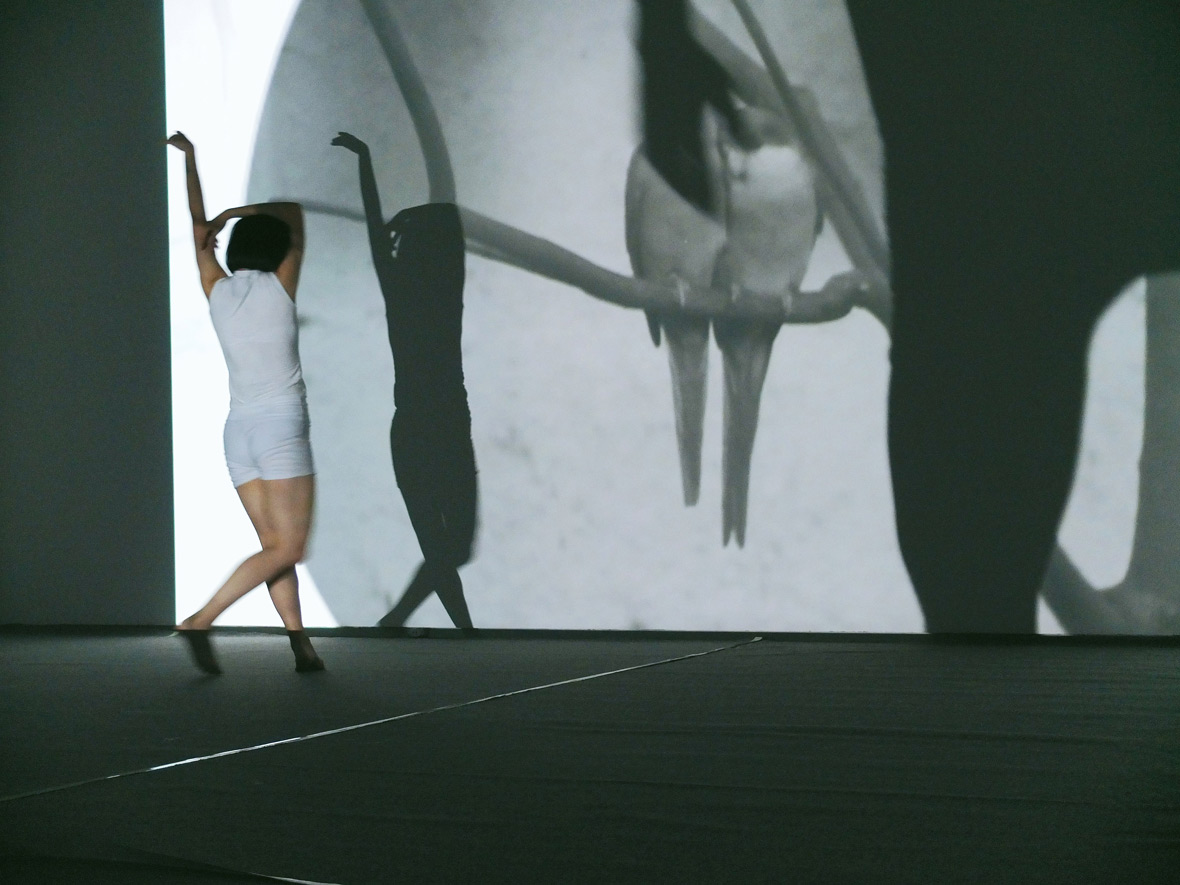
Neocha: Why do you use live performance in this piece?
Chai Mi: I wanted to create a work that could share my experiences. Around 2012 I started doing some pieces with live performance and quickly realized that it can easily immerse the audience in an atmosphere. This kind of immersion is very different from painting, video, or installation pieces because when a performance occurs in a space, that space seems to suddenly become a world filled with related experiences. With this performance, I’m not trying to tell you anything, teach you anything, or lead you anywhere. I want to achieve an arbitrary state, a state that’s confusing and suddenly divorced from reality. In such an atmosphere, it’s easier for people to gain a new understanding. It’s a bit like blurring your previous understanding and making you enter that blurriness. When you come out you just might have a new view on things.
Neocha: 对于这个项目,你为什么采取现场演出的形式?
柴觅: 我很希望去创造一个作品能够分享我一些感受。我大概 2012 年开始做一些跟现场演出相关的作品,很快就发现这种艺术形式很容易让观众融入到一个氛围里面来。这种融入感和绘画、录像、装置等作品很不一样,因为当一个演出发生在一个空间里的时候,就像是突然把这个空间变成了一个充满着相关体验的世界。我通过这个演出不想告诉你什么,去教你什么,或者去引导你。我想得到随想的一个状态,突然脱离现实的,会有一点点懵懵懂懂的状态。在这样的一个氛围里会比较容易让人去产生一个新的认知。有点像是把你原有的认知全都模糊化,然后让你进入这个模糊里。当你出来的时候可能就会重新对事物构建一个新的想法。
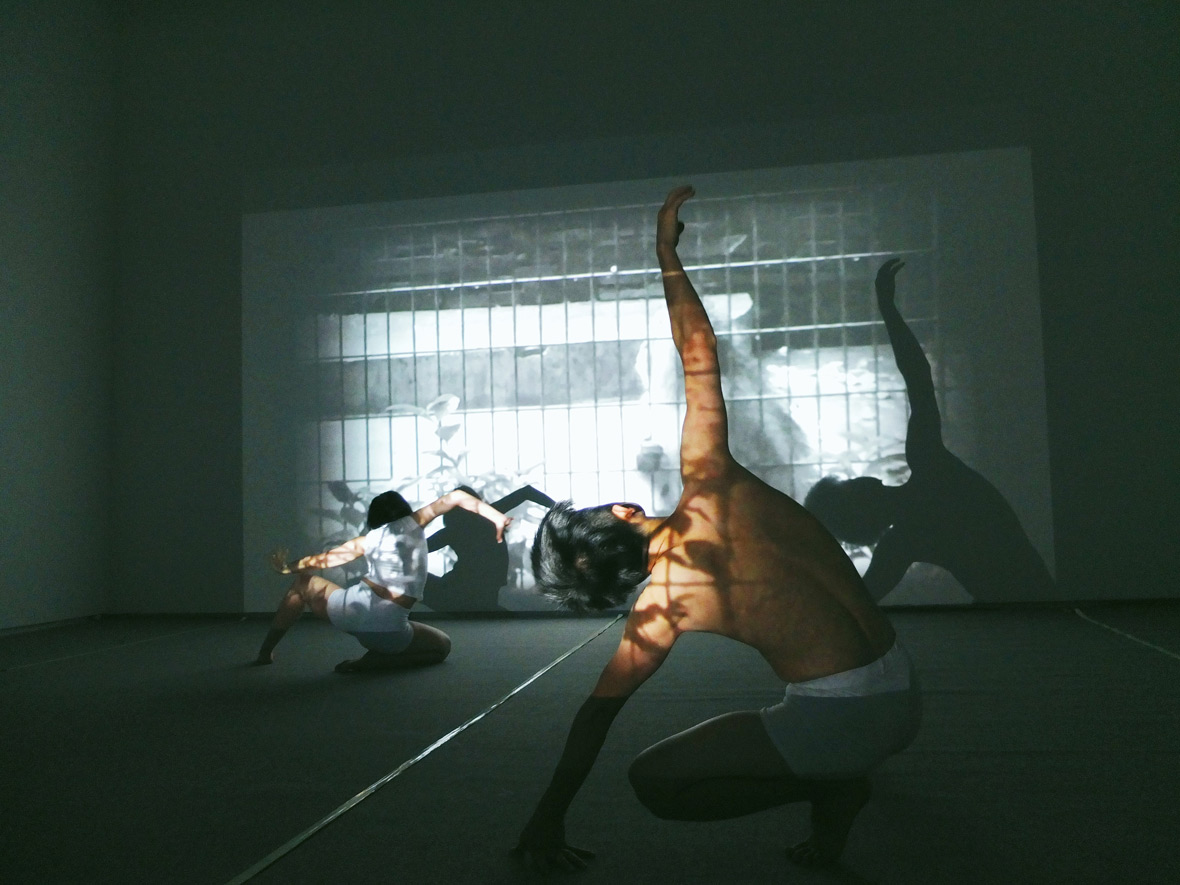
Neocha: How do you view zoos today? Do you plan to focus on animals in your work in the future?
Chai Mi: When I travel to developed countries, I see that not many people go to zoos. A lot of zoos are gradually merging with parks and don’t even charge for entry. I’ve also been to a lot of zoos in developing countries, and those are like playgrounds—everybody’s consuming the animals as entertainment. But do we really need to go to zoos? Now there are a lot of park-like animal preserves. There’s no need to put animals in cages, since we can experience them in their natural state.
As for the second question, very possibly. I’ve recently started thinking about the relationship between women and animals. What’s interesting is that humans really like white animals, albino animals. It seems things become especially fascinating when they’re rare, weak, and pure—which is how women have been imagined at certain times in history. Some pieces may come out of that, though it’s hard to say—a work needs constant thought before it takes a definitive shape.
Neocha: 目前你对动物园有什么看法?你会继续往动物方向进行创作吗?
柴觅: 当我去一些发达国家时,发现没有那么多人去动物园了,很多动物园慢慢地变成了公园的一部分,而且是不收门票的。我也去了很多发展中国家,那里的动物园更像是一个游乐场,大家更多的是在探奇、狂欢和消费动物。不过,我们真的需要去动物园吗?现在有很多公园形式的动物保护区,不必再把动物关进笼子里,可以去体会大自然的状态。
至于第二个问题,很有可能。我最近开始思考女性和动物之间的关系,有意思的是,人类特别喜欢白色的动物,有白化病的动物。当一个东西变得稀有、柔弱,又纯洁, 似乎是特别迷人的,类似于历史上某些时候对于女性的观念。可能会有一些相关的影像作品出现,现在还不好说,作品需要在不断的思考下确定形态。
